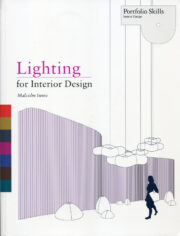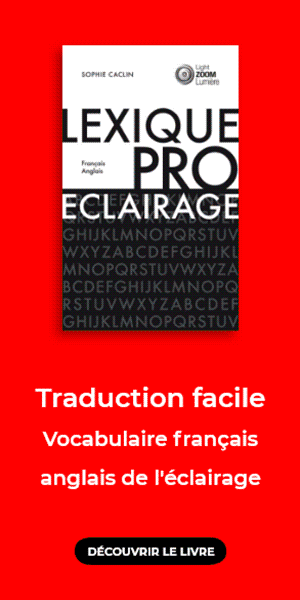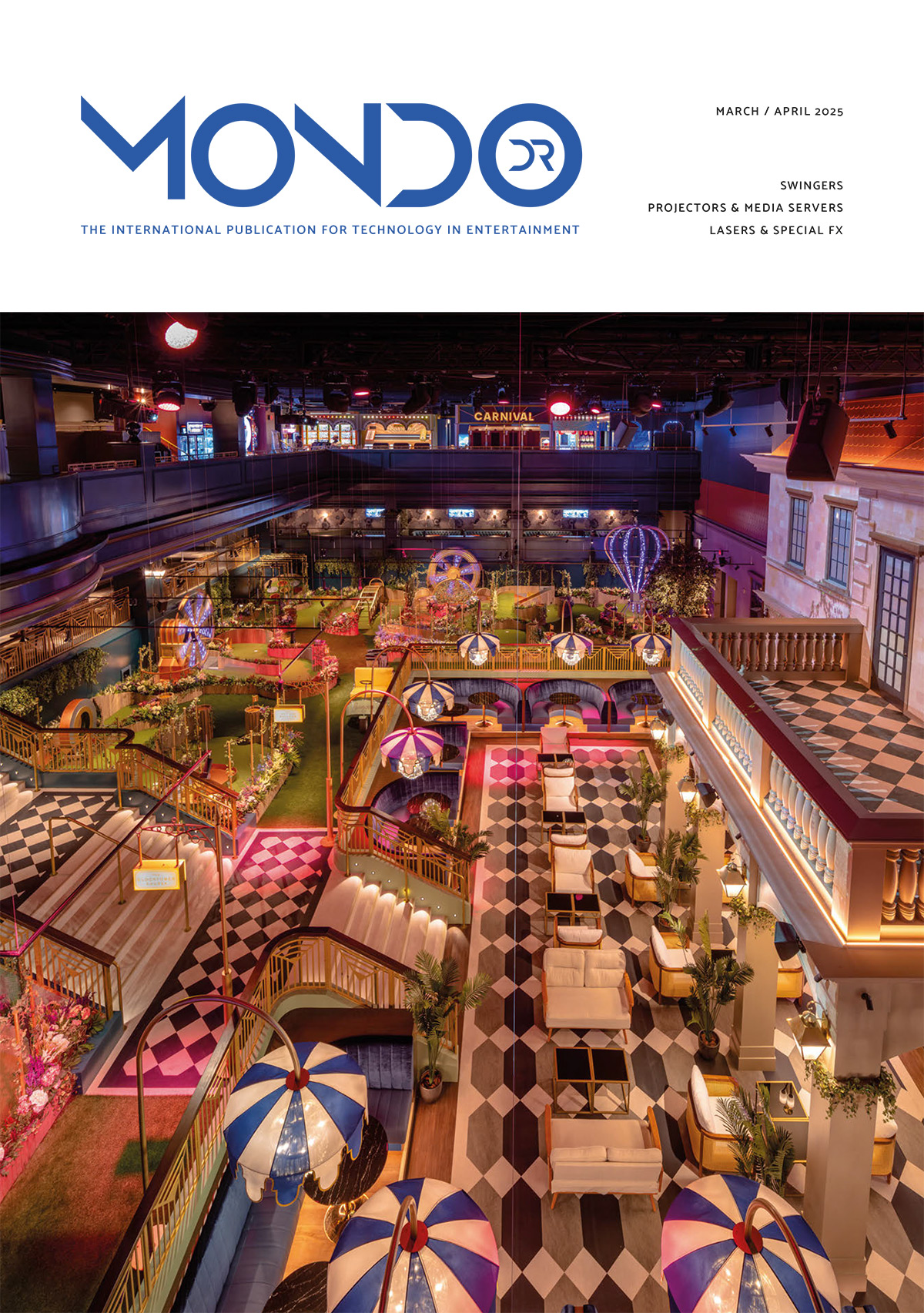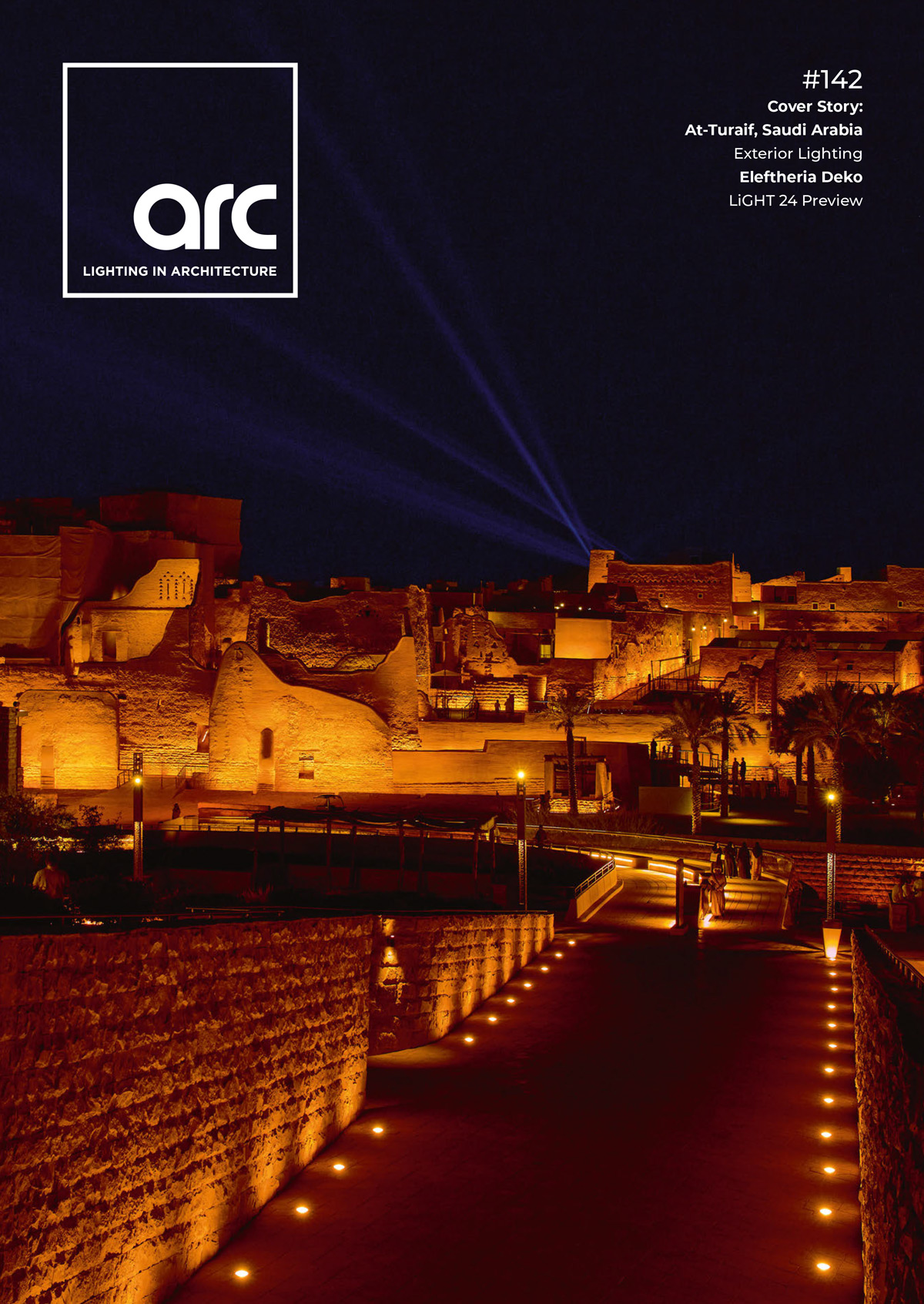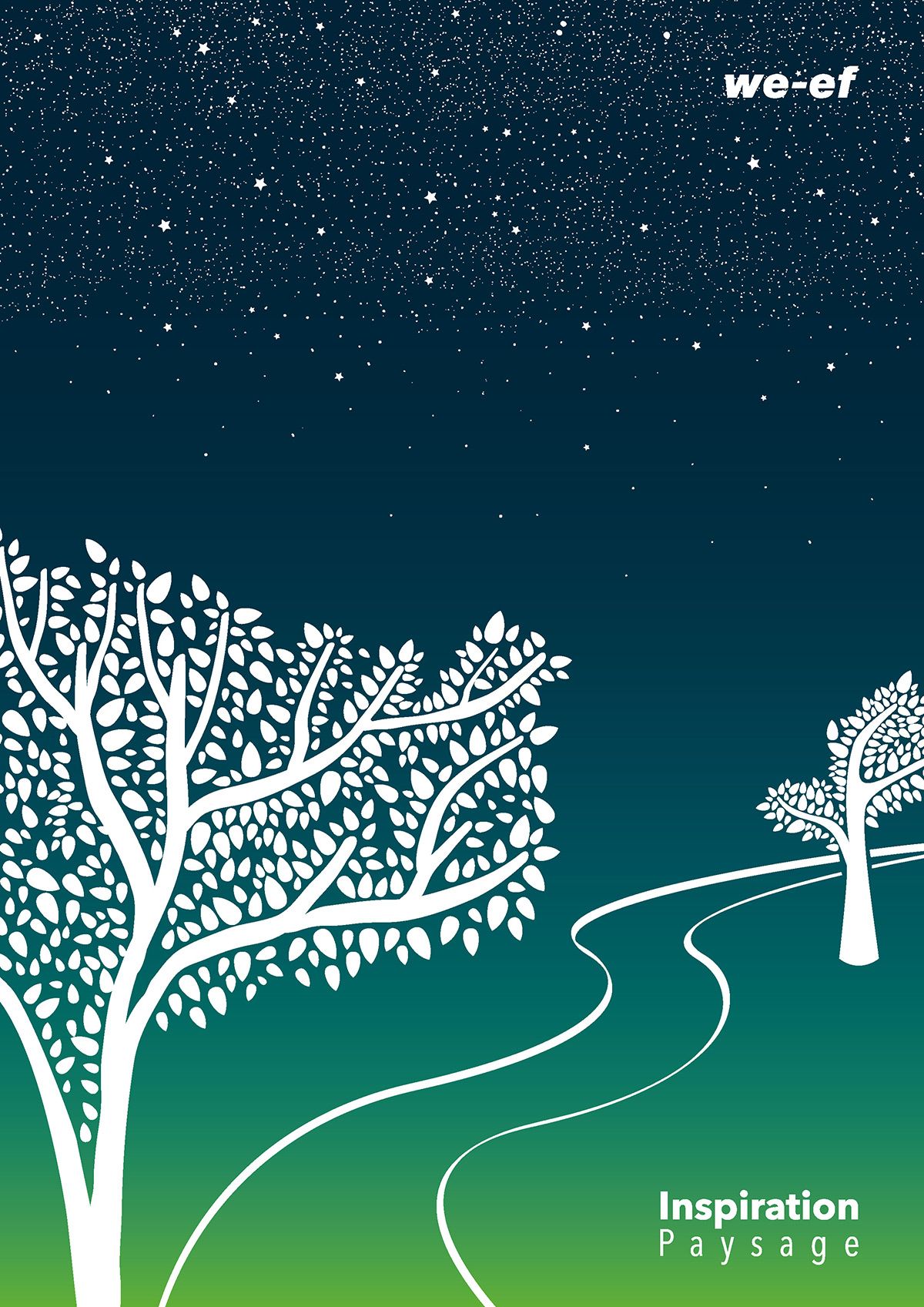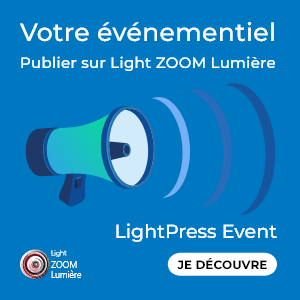Lighting for Interior Design, de Malcolm Innes
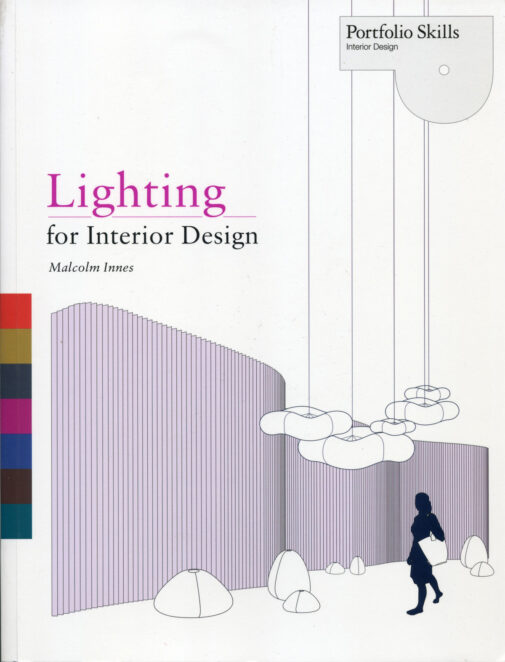
Lighting for Interior Design, de Malcolm Innes. Sans lumière, l’architecture intérieure ne peut pas être entièrement conçu et expérimenté. Elle est l’un des principaux outils pour un architecte d’intérieur, mais elle peut-être un sujet terriblement technique pour les étudiants. Dans ce livre, des diagrammes spécialement dessinés et des séquences photographiques expliquent la physique de la lumière. L’ouvrage comprend également de nombreuses études de cas de concepteurs lumière renommés.
Auteur
Malcolm Innes est un concepteur lumière britannique, artiste de la lumière et un éducateur en éclairage. Il a donné des conférences à l’échelle internationale sur les thèmes de la lumière, de l’art et de l’architecture. Il enseigne l’éclairage à l’université Napier de Edinburgh en Angleterre.
Sommaire Lighting for Interior Design
PART I THEORY
1. The physics of light
- What is light?
- The physical properties of light
- Reflection
- Mirrors
- Transparency
- Filters and lenses
- Refraction
- Shadows
- What is colour?
- Quantifying light
- Luminance
- Candela
- Lumen
- Luminous flux
- Lux
- Illuminance
- Light meters
2. Human factors
- Sensing light
- Adaption
- Experiencing changes in light levels
- Eyes and the sense of sight
- Stereo vision
- Motion detection
- Low light sensitivity
- Light and psychology
- How do we see?
- Preferences
3. Natural light
- What do humans need?
- Sources of natural light
- Range of intensity
- Direction of natural light
- Colour and natural light
- Daylight control
- Case study: Architecture Gallery, Victoria & Albert Museum, London, UK
4. Electric light
- Sources of electric light
- Incandescent light sources
- Discharge light sources
- Electroluminescent light sources
- Luminaires
- Dispersive and directional luminaires
- Concealed luminaires
- Manufacturer’s data
- Generic luminaire types
- Visualizing patterns of light
- Visualizing spotlight data
- Isolux diagrams
- Lighting control systems
- Mains voltage dimming
- Electronic dimming
PART II PROCESS AND PRACTICE
5. Lighting principles
- Visual hierarchy
- Understanding qualities of natural light
- Understanding layers of light
- Change and variation
- Creating drama through lighting
- Changing and controlling light
- Surfaces and texture
6. Lighting for people
- How much light is enough?
- Lighting for comfort and safety
- Task lighting
- Lighting for orientation
- Step by step: Lighting a corridor
- Case study: Wayfinding: Terminal 2F, Charles de Gaulle Airport, Paris, France
- Avoiding glare
- Case study: Low light gallery, St Mungo’s Museum of Religious Life and Art, Glasgow, UK
7. Lighting for architecture
- Ambient lighting
- Accent lighting
- Case study: One Gyle Square, Edinburgh, UK
- Case study: Sheikh Zayed bin Sultan Al-Nahyan Mosque (The Grand Mosque), Abu Dhabi, UAE
- Lighting vertical surfaces
- Integrating light with architecture
- Case study: Morimoto Restaurant, Philadelphia, USA
8. The design process
- Researching the project
- Analysis of needs
- Outline proposal stage
- Detail design stage
- Construction stage
- Final focus and programming
- Client handover
- Case study: St Machar’s Cathedral, Aberdeen, UK
9. Recording and visualizing lighting
- Drawing and sketching
- Abstract representation
- Diagrammatic representation
- Photography
- Computer renders as a design tool
- Physical models
10. Project communication and completion
- What is enough information?
- Sections and elevation drawings
- Case study: Musée de l’Orangerie, Paris, France
- Lighting renders
- Step by step: Using computer models
- Recording circuiting and control intent
- Use of sketch details
- Lighting mock-ups and tests
- Specification documents
- Generic specification
- Detailed specification
- Realizing the project
- Final focusing and programming
Conclusion: the future
J’aime
- 304 illustrations didactiques de la physique de la lumière aux projets d’éclairage.
- L’approche à la fois conceptuelle et technique de la conception lumière en intérieur.
- Les études de réalisations expliquées avec des coupes de détails.
Livre
Lighting for Interior Design, de Malcolm Innes
